<meta name='impact-site-verification' value='34369dc5-877c-4282-90a9-36f86721ccfa'>
10 Ancient Technologies That Still Puzzle Modern Scientists
Scattered across museums, archaeological sites, and ancient texts lie remnants of human ingenuity that continue to challenge our understanding of the past. These mysterious artifacts suggest our ancestors possessed knowledge and capabilities far beyond what historians traditionally attributed to their civilizations.
From intricate mechanical computers to potential electrical devices, these ancient technologies raise fascinating questions about the true scope of historical innovation. While some mysteries have been partially solved through modern analysis, others remain as baffling today as when they were first discovered.
Let’s explore ten of the most perplexing ancient devices that continue to spark debate among archaeologists, historians, and scientists worldwide.
1. The Antikythera Mechanism: Ancient Greece’s Computer
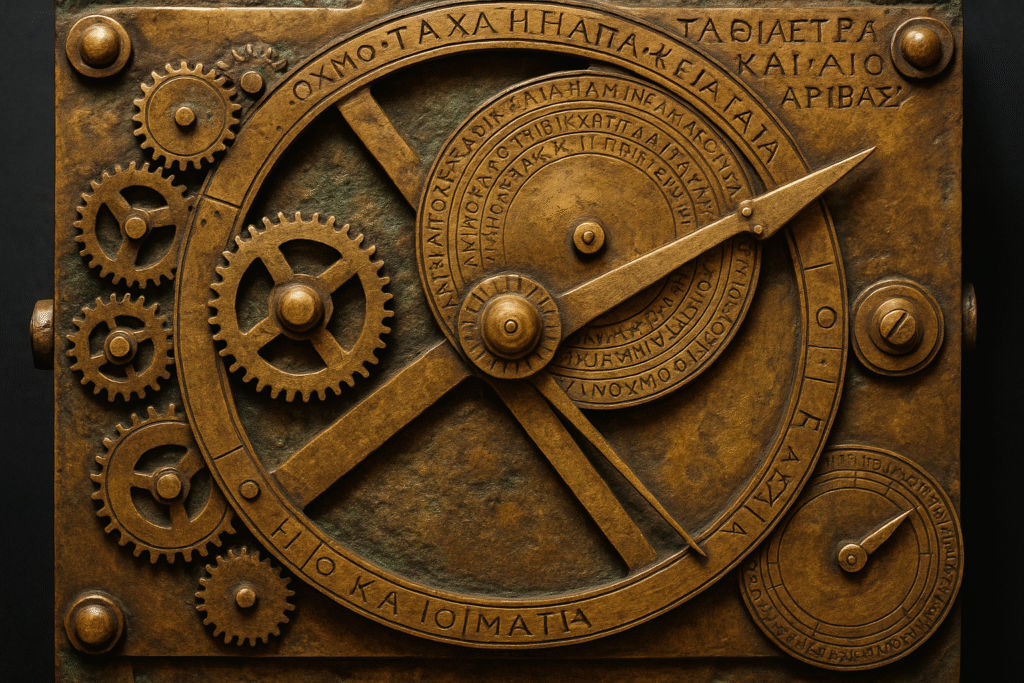
Discovered in a Roman shipwreck off the Greek island of Antikythera in 1901, this bronze device initially appeared to be nothing more than corroded metal fragments. However, decades of careful analysis revealed one of archaeology’s most stunning finds: a sophisticated mechanical computer dating back over 2,000 years.
The Antikythera Mechanism contains at least 30 precision bronze gears that work together to predict astronomical events with remarkable accuracy. It could calculate the positions of the sun, moon, and known planets, predict solar and lunar eclipses, and even track the four-year cycle of the Olympic Games.
What makes this device so extraordinary is its level of complexity. Similar mechanical sophistication wouldn’t appear again in European technology until the 14th century. The craftsmanship required to create such precise gears and intricate mechanical systems suggests ancient Greek technology was far more advanced than previously believed.
2. The Baghdad Battery: Electricity in Ancient Mesopotamia

In 1936, archaeologist Wilhelm König discovered a curious clay jar near Baghdad containing a copper cylinder and iron rod. Dating to approximately 250 BCE, this artifact sparked one of archaeology’s most controversial debates about ancient electrical knowledge.
The jar’s construction closely resembles a galvanic cell. When filled with an acidic solution like vinegar or wine, it can generate a small electrical current. This has led some researchers to theorize that ancient Mesopotamians may have used these devices for electroplating jewelry or other electrical applications.
Skeptics argue the jars were likely storage vessels for scrolls or served some unknown ceremonial purpose. However, replica experiments have successfully produced electricity using the same materials and construction methods, keeping the debate alive among scholars.
3. The Voynich Manuscript: An Undecipherable Medieval Text
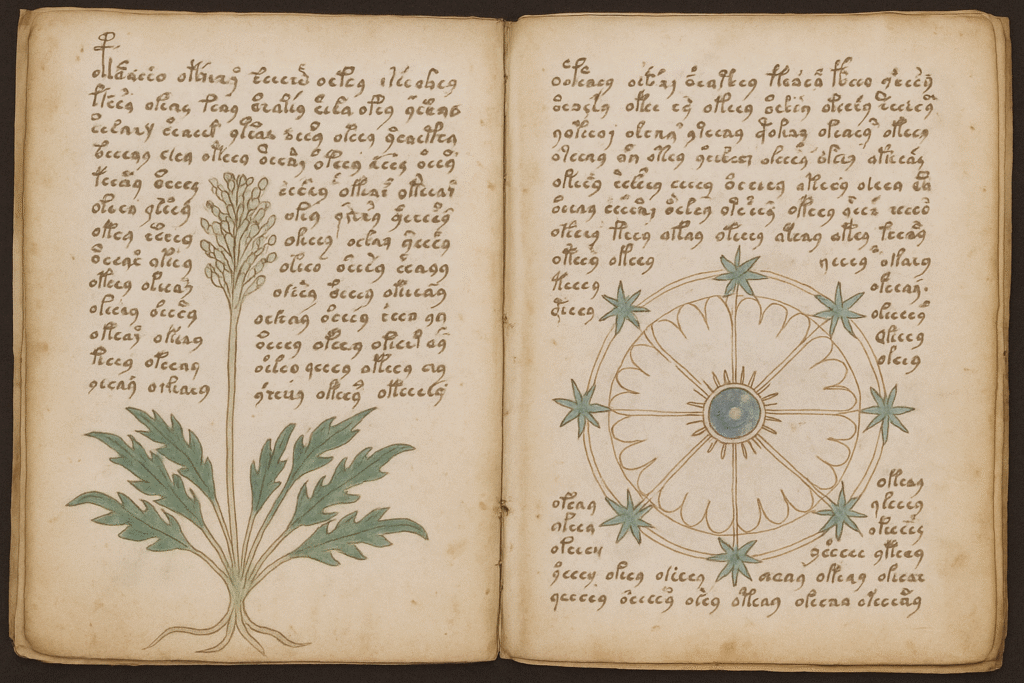
Named after rare book dealer Wilfrid Voynich, who acquired it in 1912, this medieval manuscript contains approximately 240 pages of text written in an entirely unknown script. Carbon dating places its creation in the early 15th century, yet its contents remain completely mysterious.
The manuscript features detailed illustrations of unidentifiable plants, astronomical diagrams, and human figures engaged in unknown activities. The text itself appears to follow linguistic patterns, suggesting it represents a real language rather than random symbols. However, despite centuries of analysis by linguists, codebreakers, and computer scientists, no one has successfully translated a single sentence.
Some theories suggest the manuscript contains advanced botanical or medical knowledge, while others propose it might be an elaborate hoax. Artificial intelligence and machine learning have been applied to the problem, yet the Voynich Manuscript continues to guard its secrets.
4. The Nazca Lines: Precision Geoglyphs in the Peruvian Desert
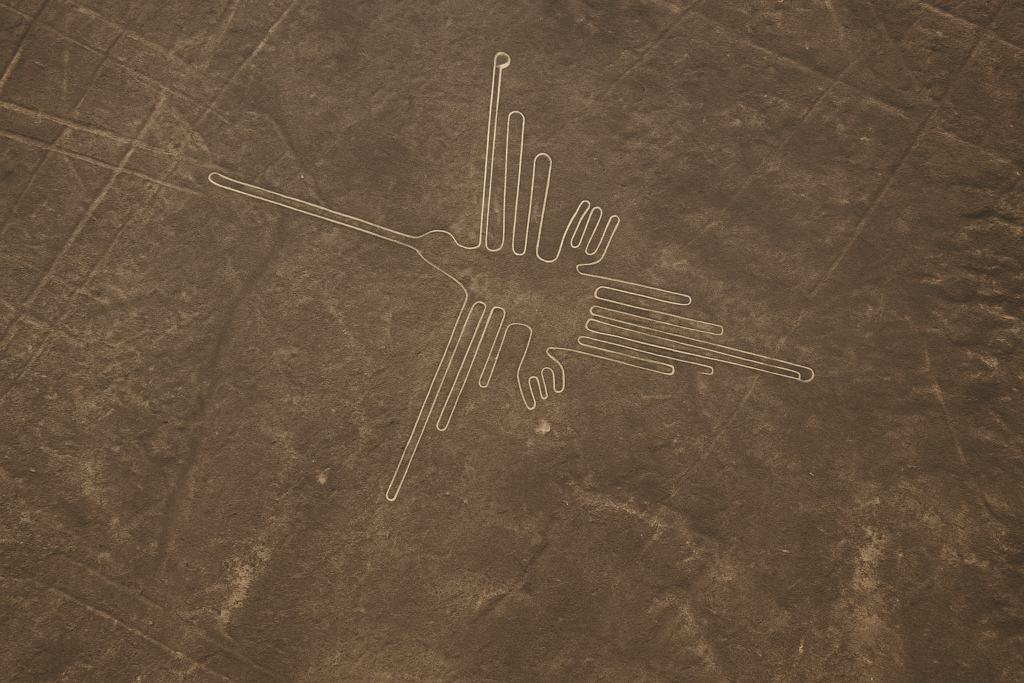
Carved into the desert floor of southern Peru between 500 BCE and 500 CE, the Nazca Lines consist of hundreds of enormous geoglyphs depicting animals, plants, and geometric shapes. Some of these figures stretch over 1,200 feet in length and can only be fully appreciated from the air.
The precision and scale of these drawings raise intriguing questions about ancient Nazca capabilities. Creating such massive, proportionally accurate designs would require advanced planning, mathematical knowledge, and sophisticated surveying techniques. The lines have survived for over 1,500 years due to the desert’s stable climate and lack of wind erosion.
Various theories attempt to explain their purpose: astronomical calendar, religious ceremonies, water rituals, or even ancient airfields. While most scholars believe they served ceremonial or astronomical functions, the exact methods used to create such precise large-scale artwork without aerial perspective remain unclear.
5. The Dendera Light Bulb: Egyptian Electrical Imagery

Carved into the walls of the Hathor Temple in Dendera, Egypt, these relief sculptures have sparked intense debate since their discovery. Dating to approximately 50 BCE, the images appear to show elongated, bulb-like objects connected to what resembles electrical equipment.
The carvings depict figures holding large oval objects that contain wavy serpent-like forms. These objects appear to be connected to box-like structures through cable-like extensions. To some observers, the entire scene strongly resembles electrical lighting systems, complete with power sources and connecting wires.
Mainstream Egyptologists interpret these images as mythological representations of creation stories, with the serpents symbolizing emerging life force. However, the remarkable similarity to electrical diagrams continues to fuel speculation about ancient Egyptian technological capabilities.
6. Roman Concrete: Engineering Marvel Lost to Time
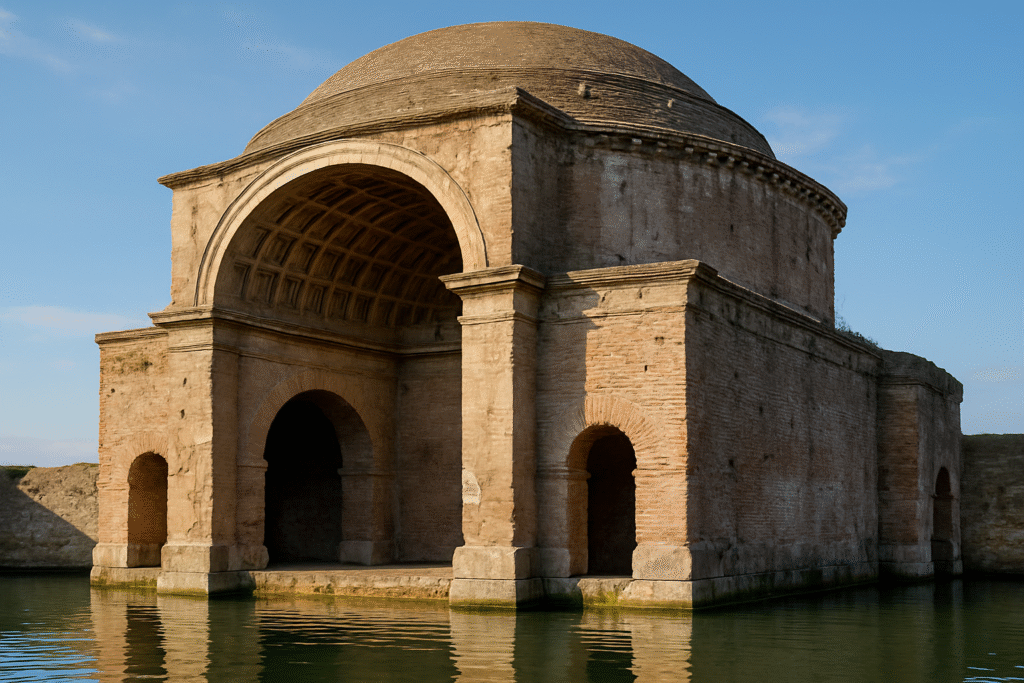
Roman concrete has puzzled engineers for centuries. Structures built with this ancient formula have survived harsh marine environments for over 2,000 years, while modern concrete typically deteriorates within decades under similar conditions.
Recent analysis revealed that Roman concrete incorporated volcanic ash, which created a unique chemical reaction with seawater. This process actually strengthened the concrete over time, unlike modern formulations that weaken when exposed to salt water. The Romans unknowingly created a self-healing concrete that becomes more durable with age.
The precise knowledge required to develop this technology suggests sophisticated understanding of materials science. Only recently have modern scientists begun to understand and replicate these ancient engineering principles.
7. Greek Fire: The Medieval Superweapon

Used by the Byzantine Empire from the 7th to 14th centuries, Greek fire was an incendiary weapon that could burn on water and was nearly impossible to extinguish. This liquid fire gave the Byzantines a crucial military advantage, particularly in naval warfare.
Contemporary accounts describe Greek fire being deployed through bronze tubes or clay pots, creating devastating flames that could destroy entire enemy fleets. The exact composition remained a closely guarded state secret, known only to a select few chemists and engineers.
Despite extensive research, the precise formula for Greek fire remains unknown. Modern attempts to recreate the substance based on historical descriptions have produced similar but not identical results, suggesting the original contained unknown components or utilized unique preparation methods.
8. The Lycurgus Cup: Ancient Nanotechnology

This 4th-century Roman glass cup demonstrates sophisticated understanding of materials science that wouldn’t be replicated until the 20th century. The cup appears jade green when lit from the front but glows ruby red when illuminated from behind.
Modern analysis revealed the glass contains gold and silver nanoparticles precisely sized to create this optical effect. The Romans somehow incorporated these particles at exactly the right proportions and sizes to achieve the desired color-changing properties.
Creating such precise nanostructures requires advanced knowledge of materials science and sophisticated manufacturing techniques. How Roman craftsmen achieved this level of precision remains unexplained by current archaeological understanding.
9. The Piri Reis Map: Impossible Geographical Knowledge
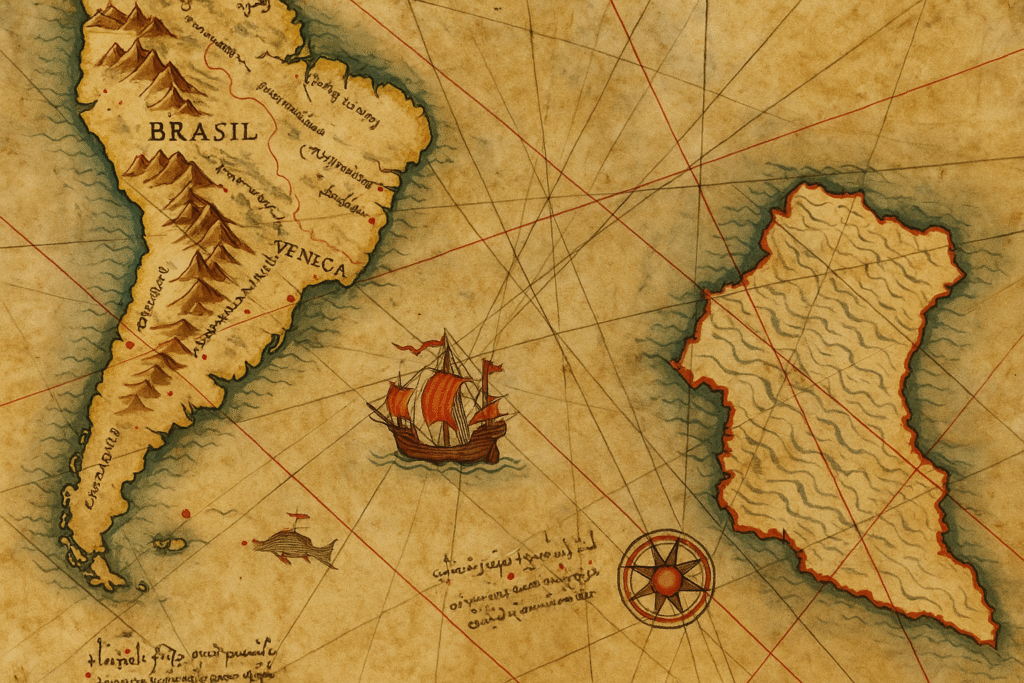
Created by Ottoman admiral Piri Reis in 1513, this world map displays remarkable geographical accuracy for its time. Most puzzling is its apparently accurate depiction of Antarctica’s coastline, despite the continent not being officially discovered until 1820.
The map shows South America’s eastern coastline with surprising precision and includes geographical features that weren’t officially mapped until centuries later. Some researchers argue it depicts Antarctica without its ice sheet, suggesting the mapmaker had access to much older source materials.
Conventional explanations suggest the map represents imaginative geography or compilation of various incomplete sources. However, the level of accuracy in certain regions continues to generate debate about the true extent of early geographical knowledge.
10. Damascus Steel: The Lost Art of Superior Metallurgy
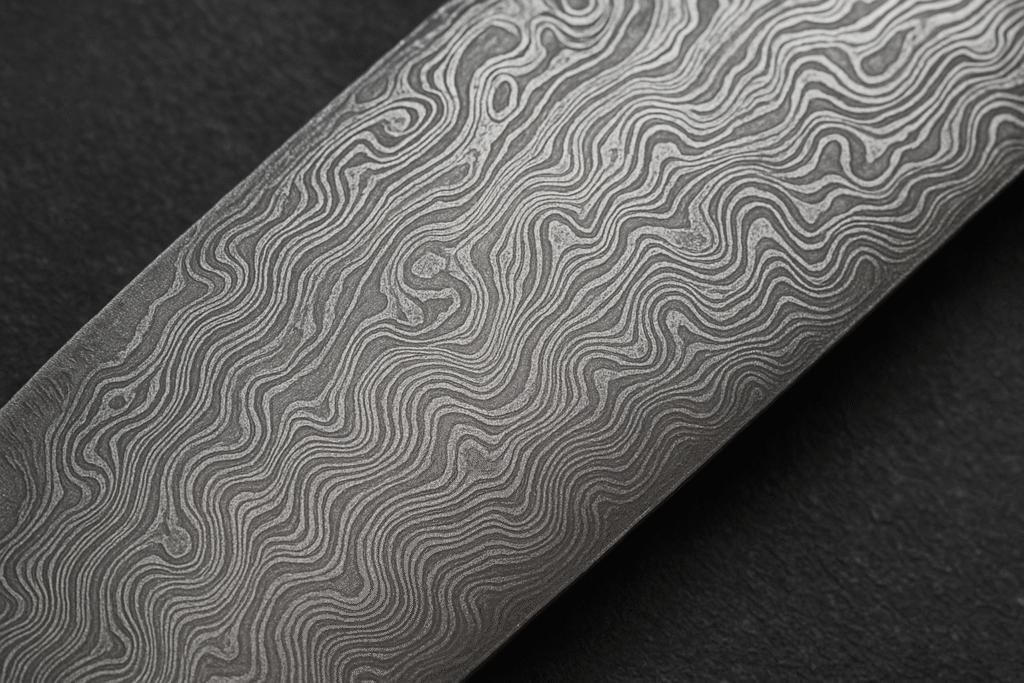
Between 1100 and 1700 CE, Middle Eastern smiths produced Damascus steel blades renowned for their exceptional strength, flexibility, and distinctive watered patterns. These weapons could cut through European armor and bend significantly without breaking.
The steel was created using wootz steel imported from India, but the exact forging techniques died out in the 18th century. Modern metallurgists have identified carbon nanotubes and other advanced structures within Damascus steel samples, but replicating the original manufacturing process remains challenging.
Recent research suggests the superior properties resulted from specific trace elements in the original ore combined with particular forging temperatures and techniques. However, authentic Damascus steel production methods remain incompletely understood.
Unlocking Ancient Mysteries Through Modern Science
These remarkable artifacts challenge traditional assumptions about historical technological capabilities. Each discovery reveals that our ancestors possessed sophisticated knowledge and skills that modern science is only beginning to understand and appreciate.
Advanced imaging techniques, chemical analysis, and computer modeling continue to provide new insights into these ancient mysteries. While some puzzles may never be fully solved, they serve as humbling reminders that human ingenuity has flourished throughout history in ways we’re still discovering.
The next time you encounter ancient technology in museums or archaeological sites, remember that behind these artifacts lie brilliant minds who pushed the boundaries of what was possible with the materials and knowledge available to them. Their innovations continue to inspire and challenge us thousands of years later.



Enjoyed looking at this, very good stuff, appreciate it.